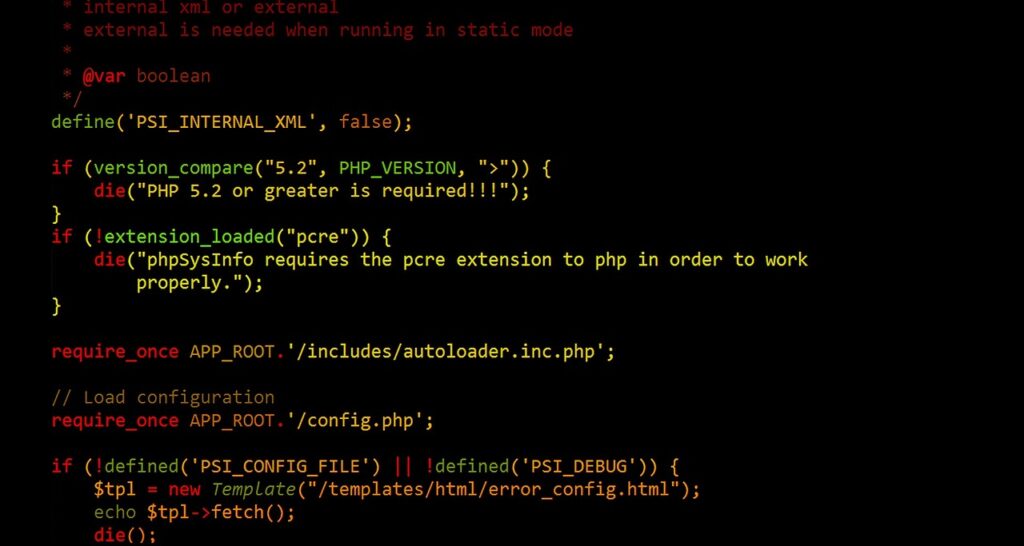Introduction to React.js
React.js, commonly referred to as React, is an open-source JavaScript library for building dynamic and interactive user interfaces for web applications. Developed and maintained by Facebook, React has gained immense popularity in the web development community for its component-based architecture and efficient rendering capabilities. It simplifies the process of creating complex user interfaces by breaking them down into reusable components, making it a powerful tool for building modern, responsive web applications. In this article, we’ll explore the fundamental concepts and benefits of React and how it can transform your web development projects.
why we use react js
React.js is used for several compelling reasons, making it a popular choice for building web applications. Here are some key reasons why developers use React.js:
1. Component-Based Architecture
React promotes a component-based architecture, where you build user interfaces by composing reusable, self-contained components. This modular approach simplifies development, maintenance, and testing, as each component is responsible for a specific part of the UI.
2. Efficient Rendering with Virtual DOM
React introduces a Virtual DOM, a lightweight representation of the actual DOM in memory. When changes occur in your application, React updates the Virtual DOM and efficiently calculates the minimal number of changes required to update the real DOM. This approach significantly improves rendering performance and ensures a smooth user experience.
3. Declarative Syntax
React uses a declarative approach to define how the UI should look based on the application’s current state. Developers describe the desired UI state, and React takes care of updating the DOM to match that state. This reduces the complexity of managing UI updates and leads to more predictable code.
4. Reusability
React’s component-based structure encourages code reusability. You can create UI components once and reuse them throughout your application or even across different projects. This reusability saves development time and promotes a consistent design.
5. Strong Ecosystem
React has a robust ecosystem of libraries, tools, and extensions that enhance development efficiency. Popular additions include React Router for routing, Redux for state management, and styled-components for styling.
6. Community and Resources
React boasts a vast and active community of developers. This means you can easily find documentation, tutorials, and solutions to common problems. Additionally, many companies and organizations use React, making it a valuable skill for job seekers in the tech industry.
7. Compatibility
React can be integrated into existing applications without a full rewrite. You can choose to adopt React gradually for specific parts of your project, making it a versatile choice for both new and existing applications.
8. Mobile App Development:
React Native, a framework built on top of React, allows you to use React concepts to build native mobile applications for iOS and Android platforms. This enables code sharing between web and mobile applications, saving development time and resources.
9. Performance Optimization
React provides tools and best practices for optimizing application performance. Techniques like code splitting, lazy loading, and memoization can be easily implemented to create faster and more efficient web applications.
10. SEO-Friendly
React applications can be made search engine optimization (SEO) friendly with server-side rendering (SSR) or static site generation (SSG). This ensures that search engines can index your content effectively.
Conclusion
In conclusion, React.js is a powerful JavaScript library that simplifies the development of interactive and efficient user interfaces. Its component-based architecture, efficient rendering with the Virtual DOM, and rich ecosystem make it a top choice for web and mobile app development. React.js empowers developers to create responsive and maintainable applications, ensuring a brighter future for front-end development.



